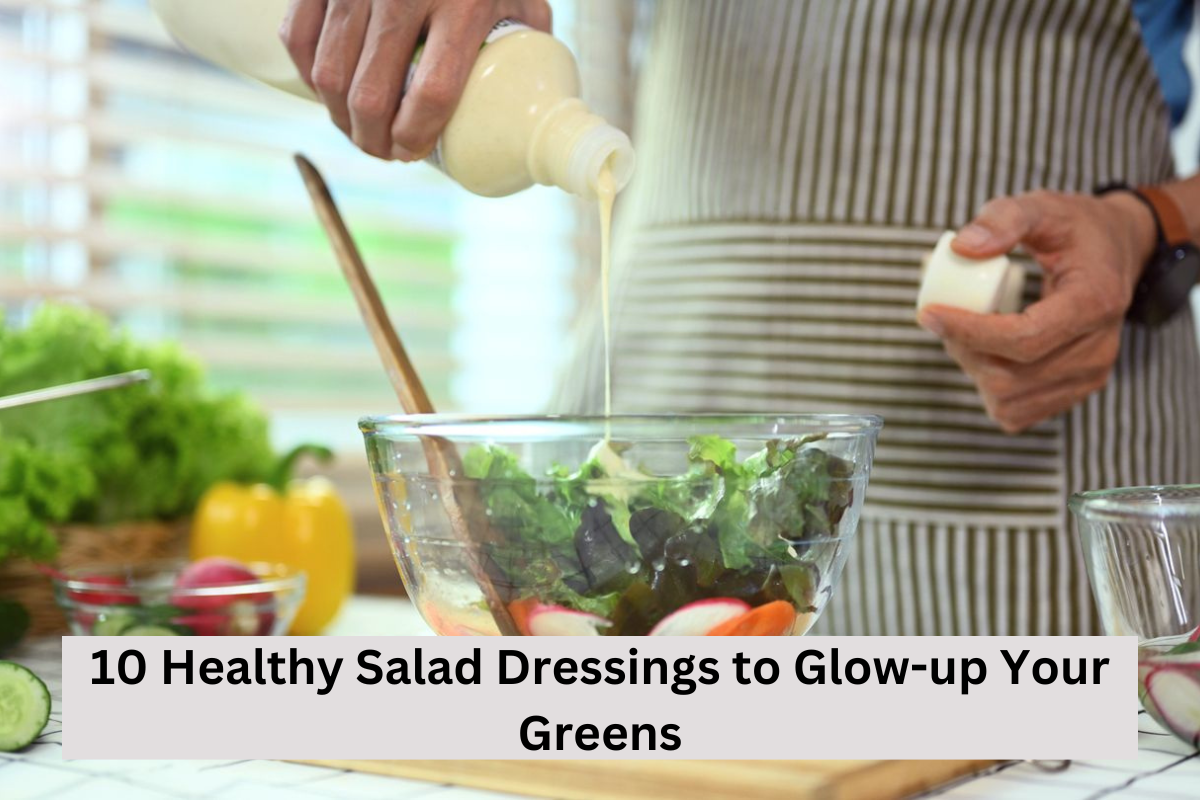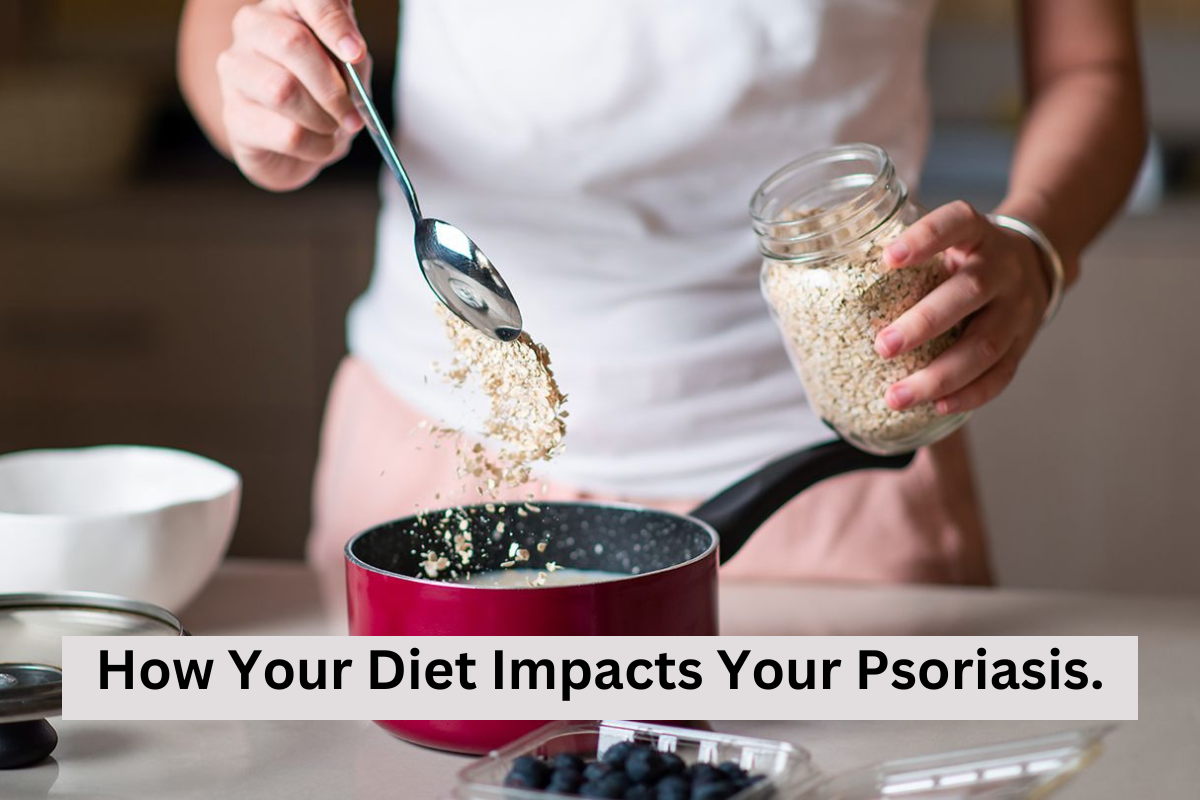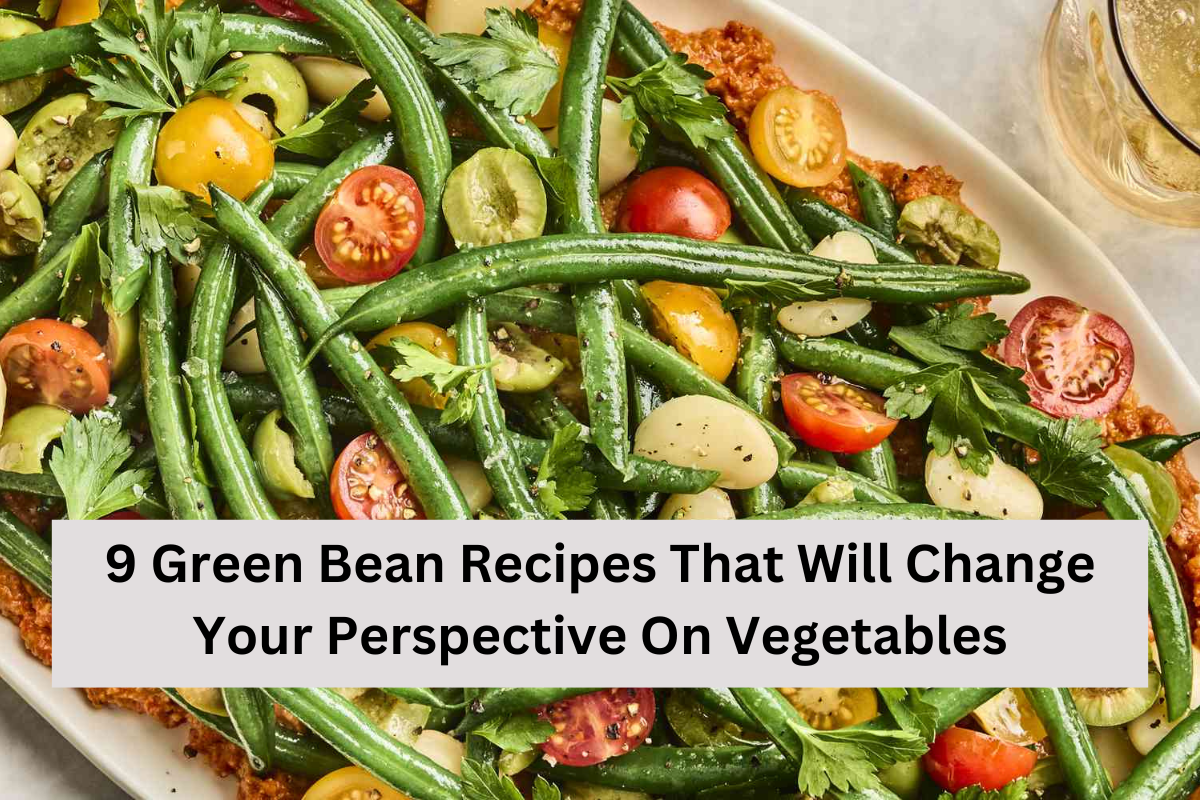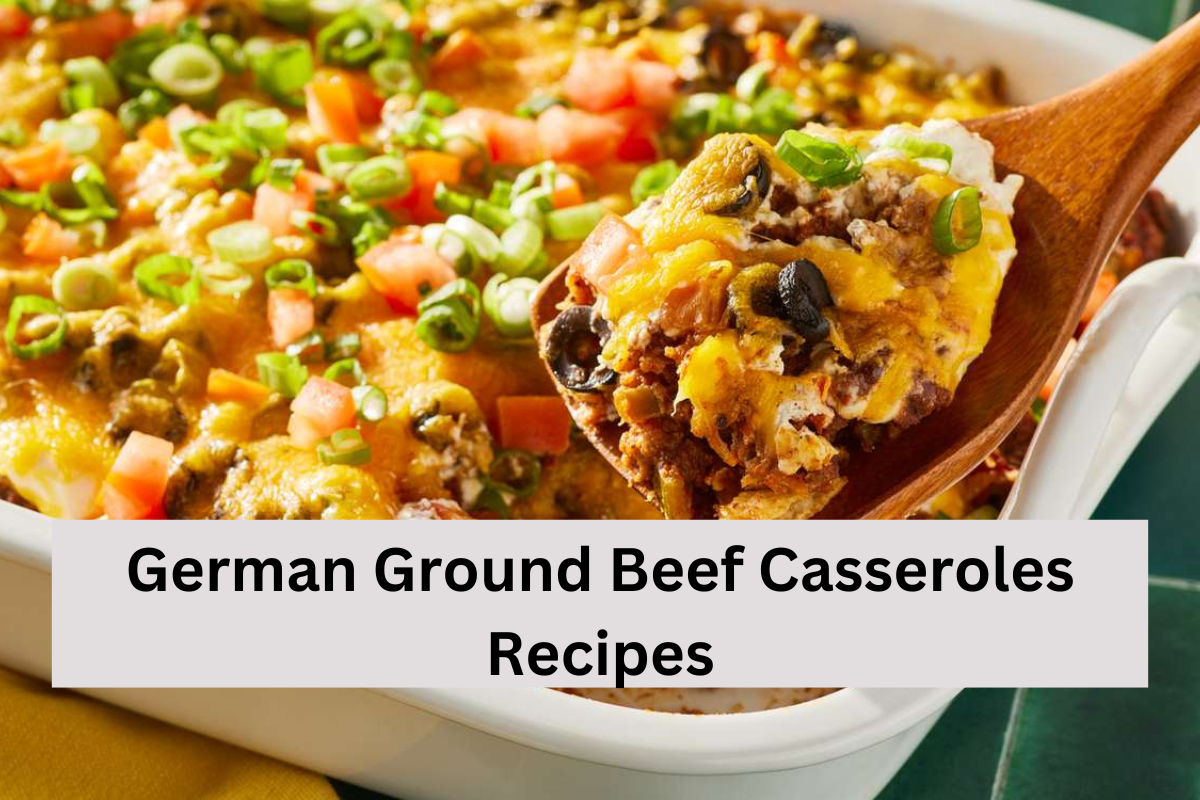Have you been hearing a lot about the Mediterranean diet lately? You’re not alone! This way of eating has been gaining popularity for good reason. It’s not just about losing weight, it’s about adopting a lifestyle that promotes heart health, longevity, and overall well-being. Whether you want to eat healthier, feel more energized, or simply enjoy delicious meals, starting the Mediterranean diet could be a great choice. But how do you begin? Let’s break it down.
What is the Mediterranean Diet?
The Mediterranean diet is based on the traditional eating patterns of countries bordering the Mediterranean Sea, such as Greece, Italy, and Spain. It’s all about fresh, whole foods that are flavorful and nutrient-dense. Think fruits, vegetables, whole grains, legumes, nuts, seeds, fish, and healthy fats like olive oil. This diet is known for its heart-healthy benefits and is often praised for being easy to follow and sustainable.
So, how do you incorporate it into your life? Let’s dive into the key components.
Emphasize Plant-Based Foods
One of the cornerstones of the Mediterranean diet is a heavy emphasis on plant-based foods. Fruits and vegetables should make up the majority of your plate. These foods are rich in antioxidants, fiber, vitamins, and minerals, which support everything from your immune system to your digestion.
When starting, aim to fill half your plate with vegetables, and enjoy a variety of colors and types. Fresh leafy greens like spinach, kale, and arugula are staples, as are tomatoes, cucumbers, and bell peppers. Don’t forget fruits like berries, oranges, and apples—eating them fresh or adding them to salads and snacks is a great way to stay on track.
Focus on Healthy Fats
You might have heard that fats are bad for you, but in the Mediterranean diet, the focus is on healthy fats. Olive oil is the star here, and it’s used generously for cooking, drizzling on salads, and even dipping with bread. It’s packed with monounsaturated fats, which have been shown to lower bad cholesterol and promote heart health.
Other sources of healthy fats include avocados, nuts, and seeds. Instead of reaching for processed oils or butter, try to use these healthier options in your cooking and meals. If you’re new to cooking with olive oil, start by using it to sauté vegetables or drizzle it over roasted veggies for an extra burst of flavor.
Incorporate More Fish and Seafood
Fish and seafood are important proteins in the Mediterranean diet. They provide essential omega-3 fatty acids, which are excellent for brain health and reducing inflammation. The key here is to opt for fish like salmon, sardines, and mackerel, which are rich in omega-3s, rather than red meats.
If you’re not used to eating fish, start by introducing it a couple of times a week. Grilled salmon, tuna salad, or a seafood pasta are tasty and easy options. Try experimenting with different types of fish and seafood to find what you enjoy the most. And don’t forget about shellfish—shrimp, mussels, and clams are delicious and quick to prepare.
Reduce Red Meat Consumption
In the Mediterranean diet, red meat is eaten sparingly, usually only a few times a month. Instead, focus on plant-based proteins, like beans, lentils, and chickpeas, and add small portions of lean meats, like chicken or turkey, when you do have animal protein.
Think of meat as more of a garnish than the main event. For instance, you might add a small amount of chicken or beef to a vegetable stew or a salad. This approach not only reduces calorie intake but also allows the flavors of the vegetables and legumes to shine.
Whole Grains Over Refined Grains
When it comes to grains, whole grains are the way to go. Replace refined pasta, white rice, and white bread with their whole-grain counterparts, such as whole-wheat pasta, quinoa, brown rice, and farro. These grains are high in fiber, which helps regulate digestion and keeps you feeling full longer.
You can get creative with whole grains by adding them to soups, salads, or making a hearty grain-based breakfast like oatmeal or quinoa porridge. Whole grains also pair beautifully with roasted vegetables, legumes, or fish, making them an easy addition to your meals.
Getting Started with the Mediterranean Diet
Now that you understand the basics, it’s time to put them into action. Here’s a step-by-step guide to help you make the Mediterranean diet work for you.
1. Start Small
Don’t try to overhaul your entire diet in one day. Start by making small, manageable changes. Perhaps you can start by switching out butter for olive oil or replacing your afternoon snack with a handful of nuts and fruit. Gradually incorporate more vegetables into your meals and swap out refined carbs for whole grains.
2. Plan Your Meals
Meal planning is a huge help when starting the Mediterranean diet. Take a few minutes each week to plan out your meals, making sure you’re incorporating plenty of fruits, vegetables, whole grains, and healthy fats. Having a plan will help you stay on track and avoid falling back on processed or unhealthy foods.
3. Experiment with New Recipes
The Mediterranean diet is full of vibrant, flavorful dishes. Use this as an opportunity to experiment with new recipes! Try making a Greek salad, cooking up a vegetable-packed ratatouille, or creating a homemade hummus. The more you try, the more you’ll discover new foods and flavors that you enjoy.
4. Embrace Mindful Eating
The Mediterranean diet isn’t just about food—it’s also about the way you eat. Embrace a slower, more mindful eating experience. Take the time to savor your meals, enjoy the company of friends and family, and truly appreciate the flavors and textures on your plate.
Conclusion
Starting the Mediterranean diet doesn’t have to be difficult. By focusing on whole, plant-based foods, healthy fats, and lean proteins, you can create a delicious, heart-healthy way of eating that nourishes both your body and soul. Remember, it’s not about perfection; it’s about making sustainable changes that will benefit your health in the long run. So, start small, experiment with new recipes, and enjoy the journey to a healthier lifestyle.
For more ideas, recipes, and cooking tips and tricks, please visit us at Mugsies.
FAQs
How many meals a day should I eat on the Mediterranean diet?
The Mediterranean diet typically consists of three main meals a day with healthy snacks in between if needed. Make sure each meal includes plenty of fruits, vegetables, and healthy fats.
Can I drink wine on the Mediterranean diet?
Yes! In moderation, wine—particularly red wine—can be a part of the Mediterranean diet. It’s often enjoyed with meals, but remember to limit it to one glass a day for women and up to two for men.
Is the Mediterranean diet good for weight loss?
Yes! The Mediterranean diet is not only heart-healthy but also supports weight loss by focusing on whole, nutrient-dense foods that are filling and satisfying.
Do I need to eat fish every day on the Mediterranean diet?
No, fish should be eaten a few times a week, not every day. Focus on a variety of plant-based foods and other proteins like chicken or legumes to ensure a balanced diet.
How can I make the Mediterranean diet more affordable?
You can make the Mediterranean diet more affordable by buying seasonal produce, buying frozen fish or seafood, and purchasing pantry staples like beans, lentils, and grains in bulk.









